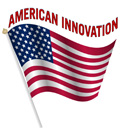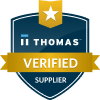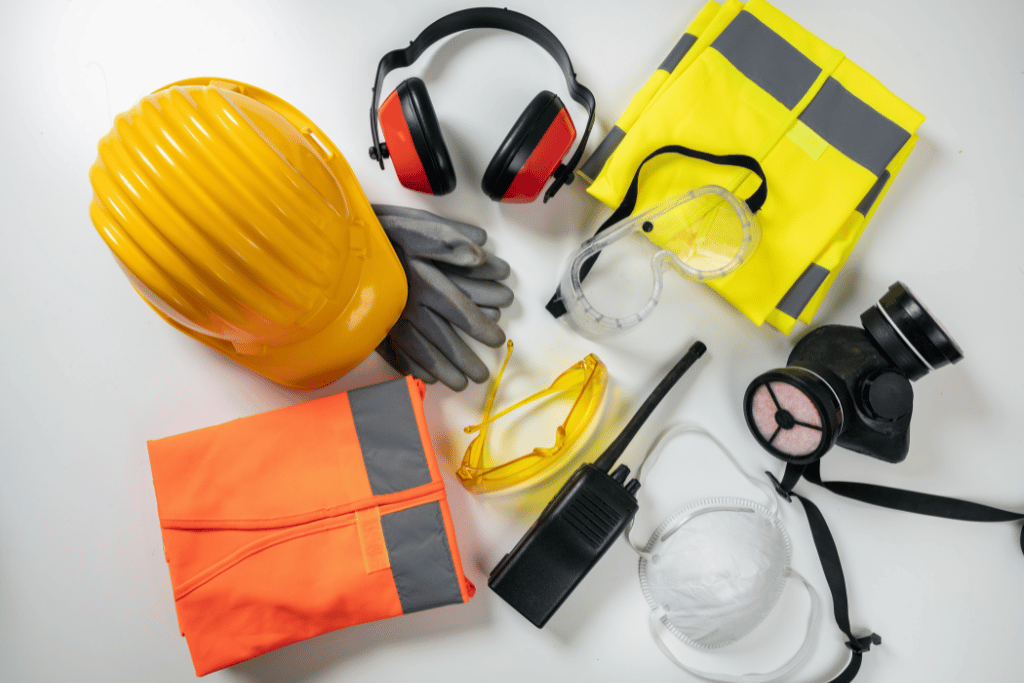Plastic safety systems keep workers separated from moving machinery, hazardous chemicals, and high-traffic aisles. Guards, barriers, machine enclosures, and floor marking components built from durable plastic for safety gear combine strength, visibility, and long service life at a lower weight than metal solutions.
Why Plastic Beats Metal in Modern Safety Systems
Metal rails and shields still appear in heavy industry, but plastics solve problems that steel cannot. High-impact polycarbonate withstands repeated forklift strikes without permanent denting. Glass-filled polypropylene shrugs off corrosive wash-downs in food plants. Lighter weight simplifies installation on mezzanines and modular work cells, and bright molded-in color stays visible even when surface scratches occur.
Core Design Principles
- Match material to threat. A barrier exposed to flying chips near a CNC machine needs polycarbonate clarity and toughness, whereas a chemical splash shield around a plating tank benefits from polypropylene’s resistance to acids and bases.
- Control deflection, not just ultimate strength. Finite-element analysis shows how a guard flexes under impact; ribs or thicker sections go only where necessary, keeping weight and resin cost down.
- Simplify assembly. Snap-fit joints and molded alignment tabs help maintenance crews replace panels quickly after an incident instead of unbolting complicated frames.
- Plan for visibility and communication. Molded window ports, translucent panels, and custom color coding guide pedestrians and lift drivers without extra decals.
Manufacturing Considerations
Process capability at Illinois plastic injection molding facilities supports the tight tolerances that safety systems demand. Scientific molding keeps wall thickness consistent, so large panels remain flat and mount flush to steel frames. Quick-change tooling allows one press to run left- and right-hand mirror parts in the same shift, slashing inventory.
Post-mold operations integrate threaded brass inserts and silicone edge gaskets while parts are still warm, creating leak-tight assemblies with fewer fasteners. Inline laser etching adds permanent part numbers and directional arrows that will not peel like adhesive labels.
Validation and Compliance
Impact tests using a guided mass at specified kinetic energy confirm that guard panels absorb or deflect strikes without shattering. Flame-spread testing ensures that barriers inside spray booths self-extinguish. Where transparency is required, optical clarity is measured after UV aging to verify long-term visibility.
Documentation packages include test certificates, material lot traceability, and dimensional inspection reports so safety managers can demonstrate compliance during audits.
Looking Ahead
Reinforced recycled polymers are closing the performance gap with virgin resin, letting designers hit sustainability goals without sacrificing toughness. Embedded RFID tags will soon track guard panel installation dates, guiding preventive maintenance schedules. Hybrid systems that over-mold soft energy-absorbing TPE onto rigid frames promise lower peak forces during collisions.
Well-engineered plastic safety systems protect personnel, reduce downtime, and lower lifetime cost compared with traditional metal guards. By pairing the right resin with disciplined design and precision Illinois plastic injection molding, manufacturers deliver maximum protection where it matters most. To explore material options or prototype a new barrier concept, contact Hansen Plastics Corporation for expert support.



